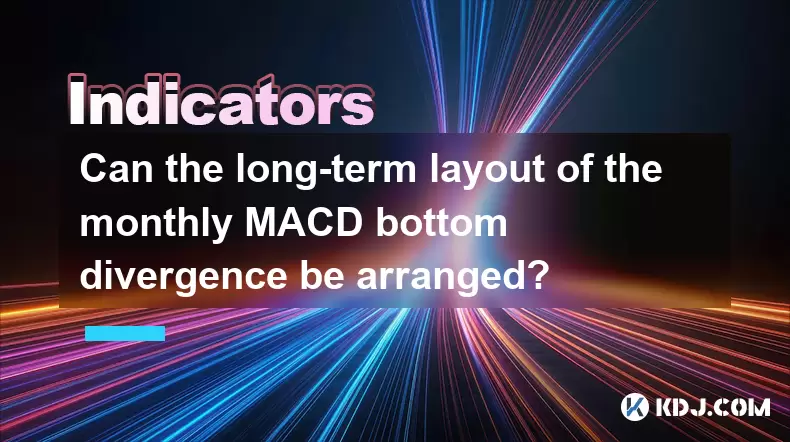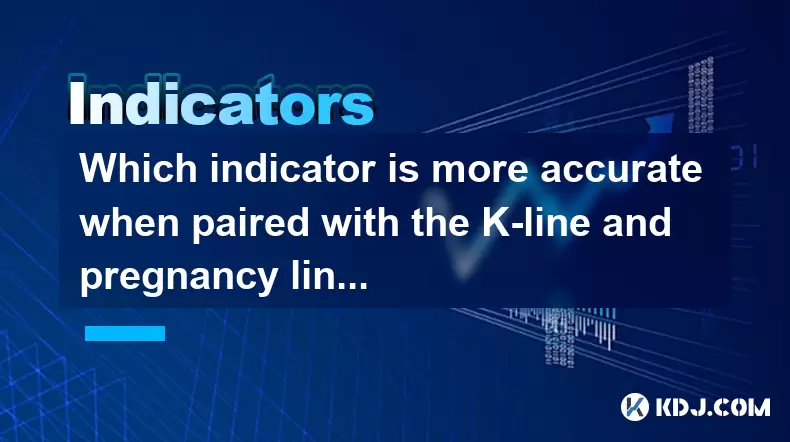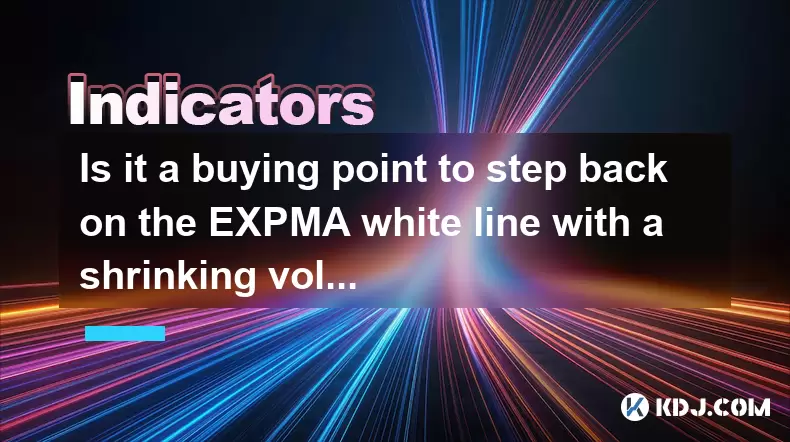-
 Bitcoin
Bitcoin $119300
1.07% -
 Ethereum
Ethereum $3730
3.87% -
 XRP
XRP $3.235
0.29% -
 Tether USDt
Tether USDt $1.000
0.00% -
 BNB
BNB $783.5
1.88% -
 Solana
Solana $188.7
0.25% -
 USDC
USDC $0.0000
-0.01% -
 Dogecoin
Dogecoin $0.2399
-0.44% -
 TRON
TRON $0.3157
2.37% -
 Cardano
Cardano $0.8254
1.94% -
 Hyperliquid
Hyperliquid $42.83
0.14% -
 Stellar
Stellar $0.4372
3.21% -
 Sui
Sui $3.859
4.91% -
 Chainlink
Chainlink $18.53
3.53% -
 Hedera
Hedera $0.2464
0.01% -
 Bitcoin Cash
Bitcoin Cash $519.8
2.46% -
 Avalanche
Avalanche $24.24
2.17% -
 Litecoin
Litecoin $113.7
0.73% -
 UNUS SED LEO
UNUS SED LEO $8.990
0.30% -
 Shiba Inu
Shiba Inu $0.00001390
0.21% -
 Toncoin
Toncoin $3.188
1.49% -
 Ethena USDe
Ethena USDe $1.001
0.02% -
 Polkadot
Polkadot $4.090
-0.91% -
 Uniswap
Uniswap $10.40
4.08% -
 Monero
Monero $326.6
3.12% -
 Bitget Token
Bitget Token $4.627
-0.42% -
 Pepe
Pepe $0.00001281
0.76% -
 Dai
Dai $1.000
0.01% -
 Aave
Aave $291.6
0.98% -
 Cronos
Cronos $0.1269
7.26%
Can the long-term layout of the monthly MACD bottom divergence be arranged?
A monthly MACD bottom divergence occurs when crypto prices hit a new low but the MACD forms a higher low, signaling potential bullish reversal.
Jun 29, 2025 at 01:28 am

Understanding Monthly MACD Bottom Divergence
The Monthly MACD (Moving Average Convergence Divergence) bottom divergence refers to a technical indicator pattern observed when the price of an asset, such as a cryptocurrency, makes a lower low while the MACD line does not confirm this new low and instead forms a higher low. This suggests that despite falling prices, momentum may be shifting upward, indicating potential for a bullish reversal.
In the context of cryptocurrencies like Bitcoin or Ethereum, identifying monthly MACD bottom divergence can provide long-term investors with critical signals about possible trend reversals. Given the high volatility in crypto markets, spotting these patterns early can offer strategic advantages.
MACD is calculated using two exponential moving averages (EMAs), typically the 12-period and 26-period EMAs, along with a signal line (9-period EMA of the MACD line). The histogram represents the difference between the MACD line and the signal line.
How to Identify Monthly MACD Bottom Divergence
Identifying monthly-level divergences requires analyzing the chart at the monthly time frame. Here’s how to do it step by step:
- Open a candlestick chart on the monthly time frame for your chosen cryptocurrency pair (e.g., BTC/USDT).
- Add the MACD indicator with default settings (12, 26, 9).
- Look for instances where the price reaches a new low but the MACD line does not follow suit and instead shows a higher low.
- Confirm that both the price lows and MACD lows are clearly defined and spaced apart by at least one month each.
This pattern often appears after prolonged bearish trends and may indicate weakening selling pressure. It's crucial to ensure that the divergence occurs over multiple months rather than just a few weeks to qualify as a monthly divergence.
Historical Examples in Cryptocurrency Markets
Looking back at historical data, there have been notable cases where monthly MACD bottom divergence preceded significant bullish moves.
For instance, during the 2018–2019 Bitcoin bear market, a clear monthly MACD bottom divergence formed around December 2018. Prices continued to fall into early 2019, but the MACD line began forming higher lows, signaling hidden strength. By mid-2019, Bitcoin had rallied significantly.
Another example occurred in late 2022, following the collapse of several major crypto firms. A monthly MACD bottom divergence appeared in November 2022, which many analysts later cited as a precursor to the 2023 bull run.
These examples demonstrate how recognizing monthly MACD bottom divergence can help identify key turning points in the crypto market cycle.
Combining Monthly MACD Divergence with Other Indicators
Relying solely on monthly MACD bottom divergence can lead to premature entries or false positives. Therefore, combining it with other long-term indicators enhances its reliability.
- Volume Analysis: Increasing volume during divergence periods confirms growing interest from buyers.
- Fibonacci Retracement Levels: Identifying key support levels where the price might reverse helps validate the divergence signal.
- On-chain Metrics: Tools like Bitcoin's MVRV ratio or Ethereum's network activity can provide additional context about market sentiment.
- Seasonality and Halving Events: In Bitcoin, for example, halvings historically precede bull markets. Aligning monthly MACD divergence with such events increases conviction.
Using these tools together provides a more robust framework for evaluating whether a monthly MACD bottom divergence is likely to result in a sustained bullish trend.
Practical Steps for Long-Term Investors
If you're considering a long-term layout based on monthly MACD bottom divergence, here are practical steps to follow:
- Monitor major cryptocurrencies on the monthly chart regularly.
- Mark out previous swing highs and lows to determine if a divergence is forming.
- Set alerts for when the MACD line starts showing signs of divergence.
- Use limit orders to enter gradually as the pattern confirms itself.
- Place stop-loss orders below the most recent significant monthly low to manage risk.
- Adjust position sizes according to portfolio allocation strategies and risk tolerance.
It's also important to track macroeconomic conditions and regulatory developments, especially since they can impact long-term crypto trends regardless of technical signals.
Risks and Limitations of Monthly MACD Divergence
Despite its usefulness, monthly MACD bottom divergence is not foolproof. There are several risks and limitations to consider:
- Lagging Indicator: MACD is based on moving averages, which inherently lag behind price action. By the time a divergence is visible, a reversal may already be underway.
- False Signals: Not all divergences result in meaningful reversals. Some may simply mark temporary pauses in ongoing downtrends.
- Market Manipulation: In less liquid altcoins, large players can manipulate price and indicators, leading to misleading divergence patterns.
- Timeframe Sensitivity: What looks like a strong monthly divergence may appear weak or absent on shorter time frames, complicating execution timing.
Therefore, always treat monthly MACD bottom divergence as a potential opportunity rather than a guaranteed outcome.
Frequently Asked Questions
Q: Can I apply the concept of monthly MACD bottom divergence to altcoins?
Yes, the principle applies to any cryptocurrency traded on a monthly chart. However, due to lower liquidity and higher volatility, altcoins may produce more false signals compared to major coins like Bitcoin and Ethereum.
Q: How long should I wait before confirming a monthly MACD bottom divergence?
Ideally, wait for at least two consecutive monthly closes showing the divergence pattern. Confirmation comes when the price begins to rise and the MACD line crosses above its signal line.
Q: Should I use different MACD settings for monthly charts?
While the default settings (12, 26, 9) are commonly used, some traders adjust them to better suit long-term analysis. For example, increasing the periods to 21, 55, 13 may smooth out the signal and reduce noise.
Q: Is it possible to automate detection of monthly MACD bottom divergence?
Yes, platforms like TradingView allow users to create custom scripts or use existing indicators to scan for divergence patterns automatically across multiple assets.
Disclaimer:info@kdj.com
The information provided is not trading advice. kdj.com does not assume any responsibility for any investments made based on the information provided in this article. Cryptocurrencies are highly volatile and it is highly recommended that you invest with caution after thorough research!
If you believe that the content used on this website infringes your copyright, please contact us immediately (info@kdj.com) and we will delete it promptly.
- TRON, Crypto Payroll, and Stablecoins: A New York Minute on the Future of Finance
- 2025-07-25 08:30:11
- WazirX, Revote, and Crypto Unlock: A New York Minute on the Latest Developments
- 2025-07-25 06:50:11
- Hong Kong Stablecoin Regulation: Navigating the Hype and Hurdles
- 2025-07-25 08:30:11
- Bitcoin LTHs, CDD Ratio, and Distribution: What's the Deal?
- 2025-07-25 08:50:12
- Satoshi-Era Bitcoin Whale Awakens: $469 Million in BTC on the Move
- 2025-07-25 06:30:11
- TIA Tokens, Crypto Shift & Ripple Effect: What's the Deal?
- 2025-07-25 07:10:11
Related knowledge

Should I go all in when DIF crosses DEA?
Jul 25,2025 at 12:42am
Understanding DIF and DEA in MACD AnalysisWhen traders analyze DIF and DEA in the context of the Moving Average Convergence Divergence (MACD) indicato...

Should I go all in when the upper edge of the box is broken?
Jul 25,2025 at 01:50am
Understanding the 'Box' in Cryptocurrency Price ChartsThe term 'box' in cryptocurrency trading typically refers to a price consolidation range where t...

Should I go all in when the parabolic turning signal appears?
Jul 25,2025 at 06:36am
Understanding the Parabolic Turning Signal in Crypto TradingThe parabolic turning signal is a technical indicator derived from the Parabolic SAR (Stop...

Should I follow up with a full position when the trading volume suddenly increases?
Jul 25,2025 at 12:28am
Understanding Sudden Increases in Trading VolumeA sudden spike in trading volume often signals heightened market activity and can indicate that new in...

Which indicator is more accurate when paired with the K-line and pregnancy line combination?
Jul 25,2025 at 05:43am
Understanding the K-Line and Pregnancy Line CombinationThe K-line, also known as the Japanese candlestick chart, is a foundational tool in technical a...

Is it a buying point to step back on the EXPMA white line with a shrinking volume?
Jul 25,2025 at 08:56am
Understanding the EXPMA Indicator and Its White LineThe Exponential Moving Average (EXPMA) is a technical analysis tool widely used in cryptocurrency ...

Should I go all in when DIF crosses DEA?
Jul 25,2025 at 12:42am
Understanding DIF and DEA in MACD AnalysisWhen traders analyze DIF and DEA in the context of the Moving Average Convergence Divergence (MACD) indicato...

Should I go all in when the upper edge of the box is broken?
Jul 25,2025 at 01:50am
Understanding the 'Box' in Cryptocurrency Price ChartsThe term 'box' in cryptocurrency trading typically refers to a price consolidation range where t...

Should I go all in when the parabolic turning signal appears?
Jul 25,2025 at 06:36am
Understanding the Parabolic Turning Signal in Crypto TradingThe parabolic turning signal is a technical indicator derived from the Parabolic SAR (Stop...

Should I follow up with a full position when the trading volume suddenly increases?
Jul 25,2025 at 12:28am
Understanding Sudden Increases in Trading VolumeA sudden spike in trading volume often signals heightened market activity and can indicate that new in...

Which indicator is more accurate when paired with the K-line and pregnancy line combination?
Jul 25,2025 at 05:43am
Understanding the K-Line and Pregnancy Line CombinationThe K-line, also known as the Japanese candlestick chart, is a foundational tool in technical a...

Is it a buying point to step back on the EXPMA white line with a shrinking volume?
Jul 25,2025 at 08:56am
Understanding the EXPMA Indicator and Its White LineThe Exponential Moving Average (EXPMA) is a technical analysis tool widely used in cryptocurrency ...
See all articles

























































































